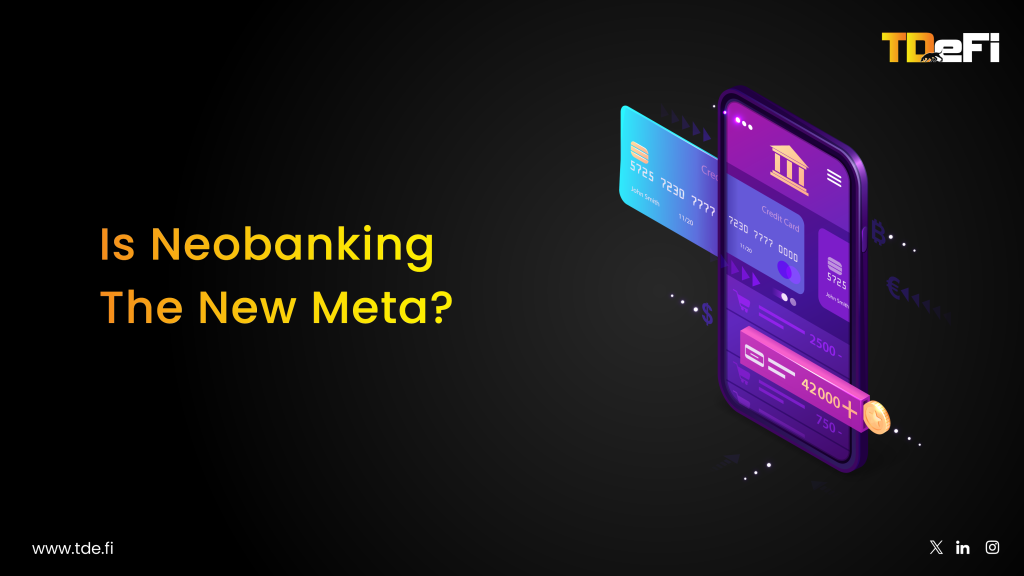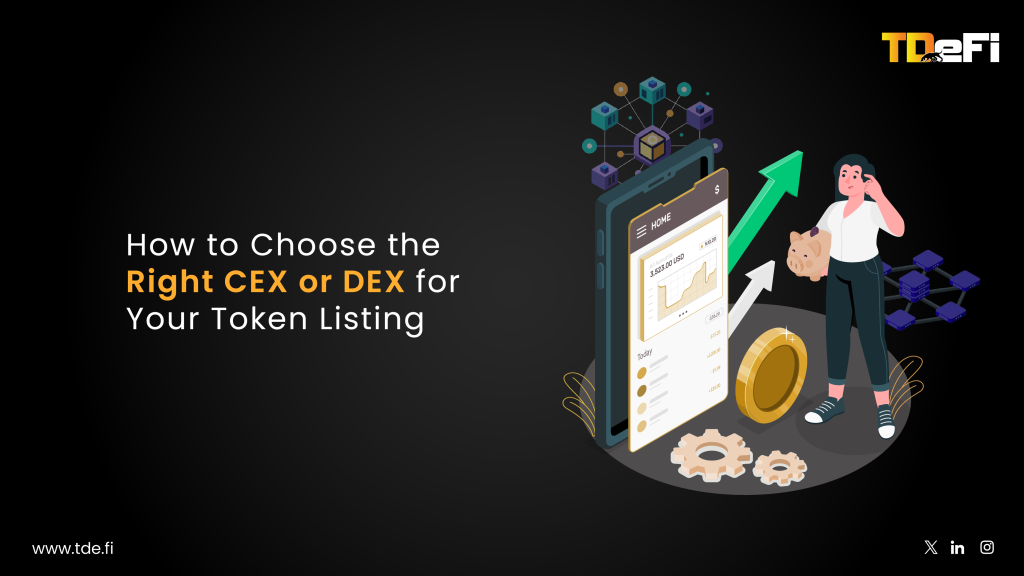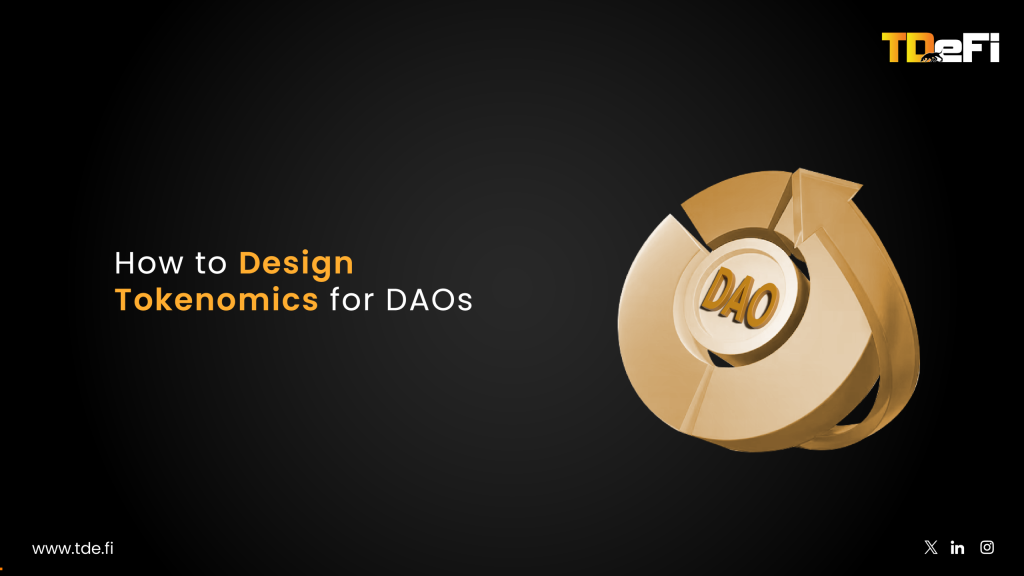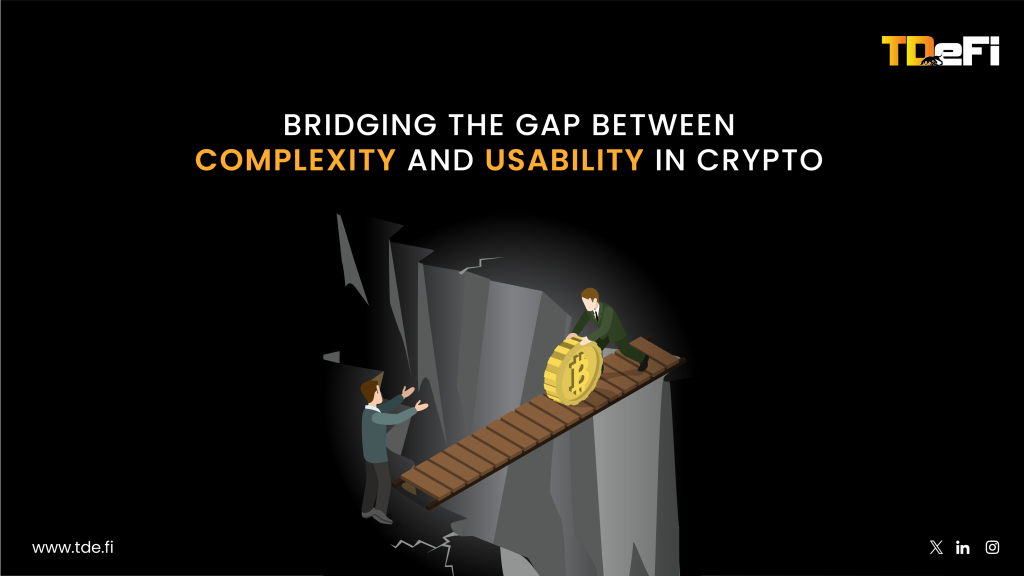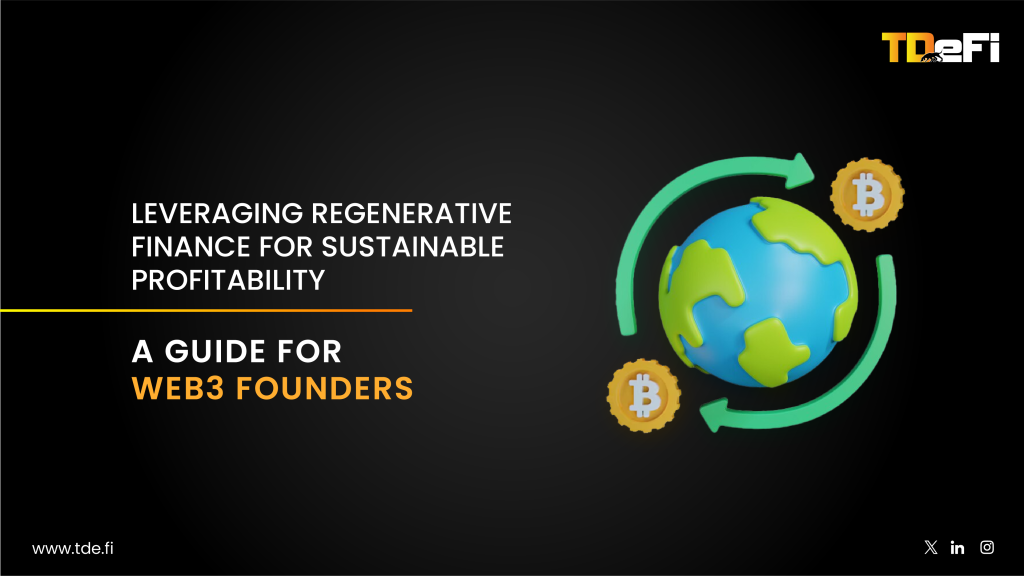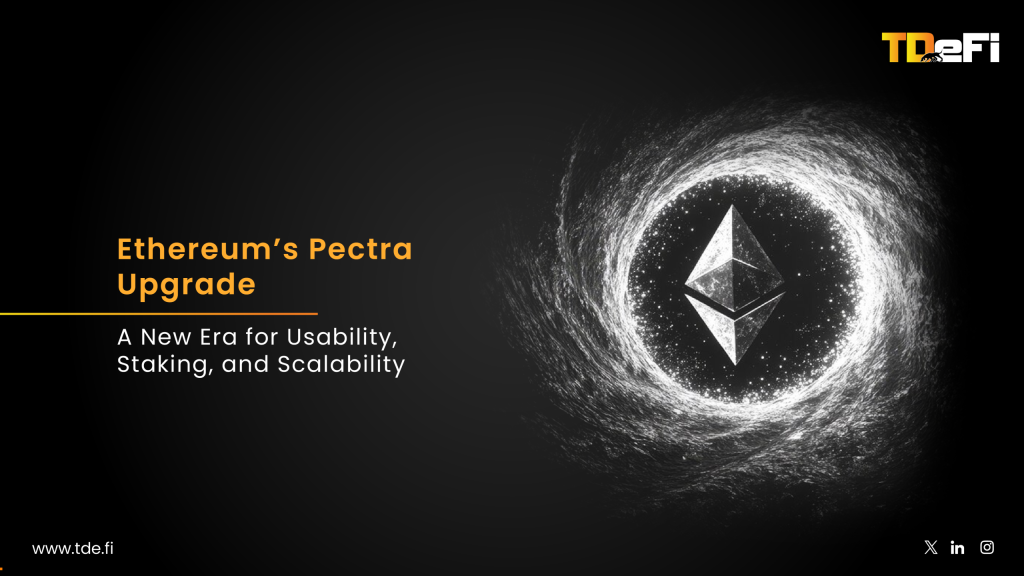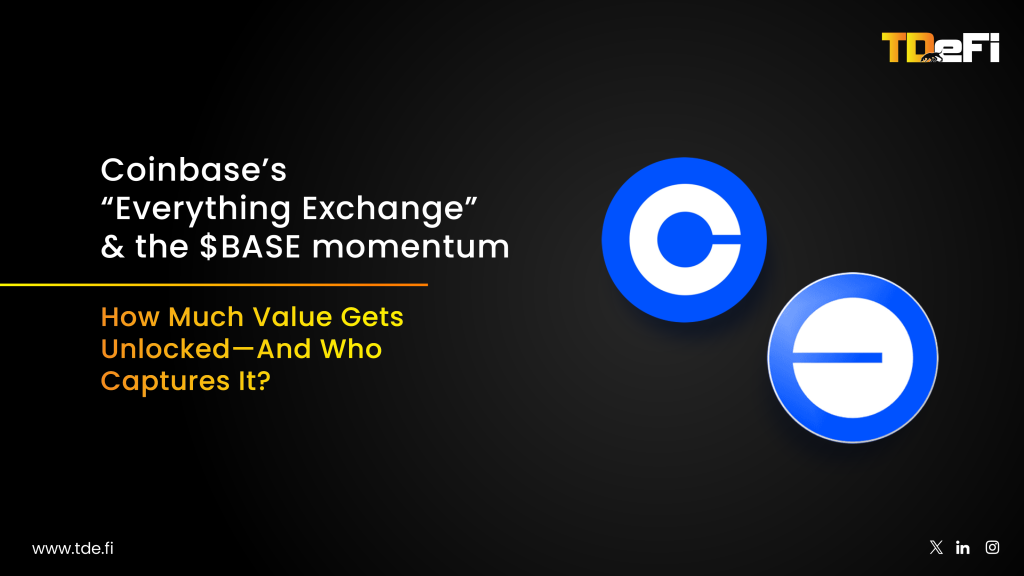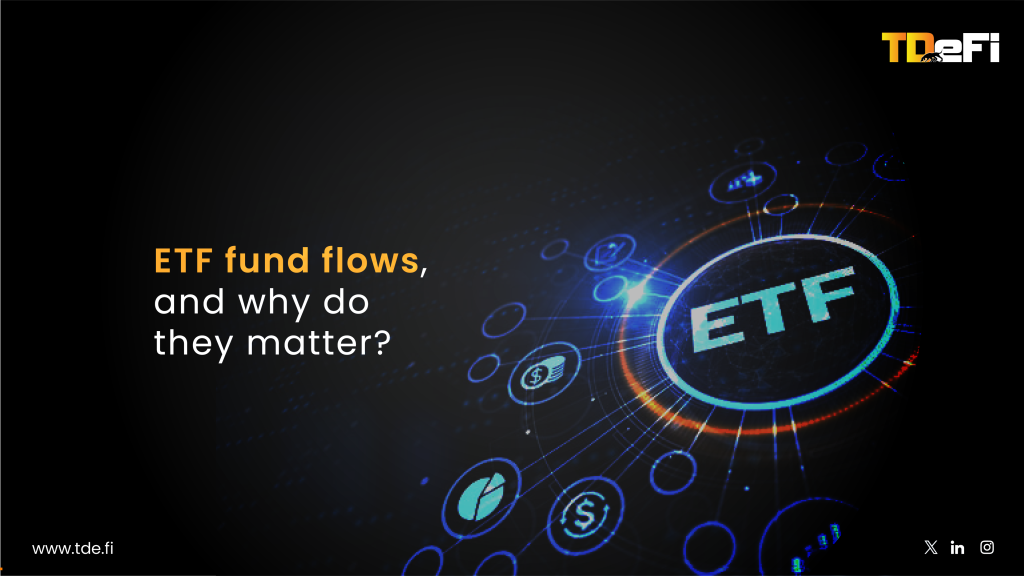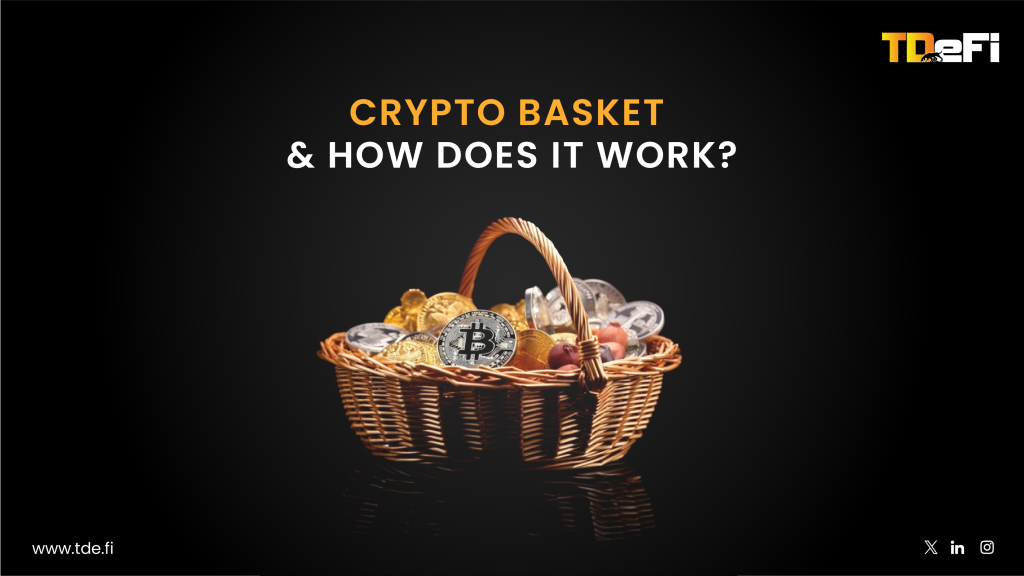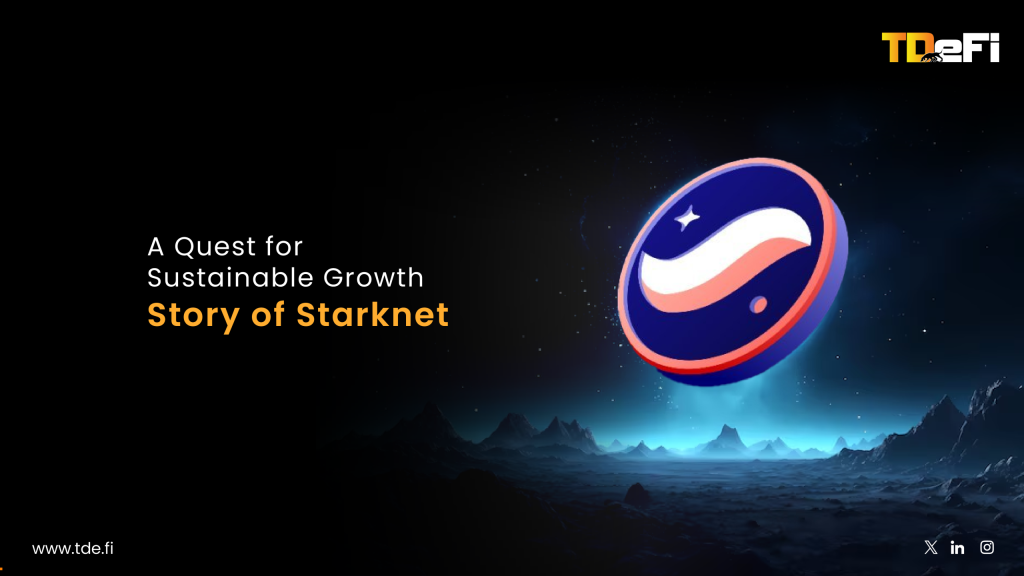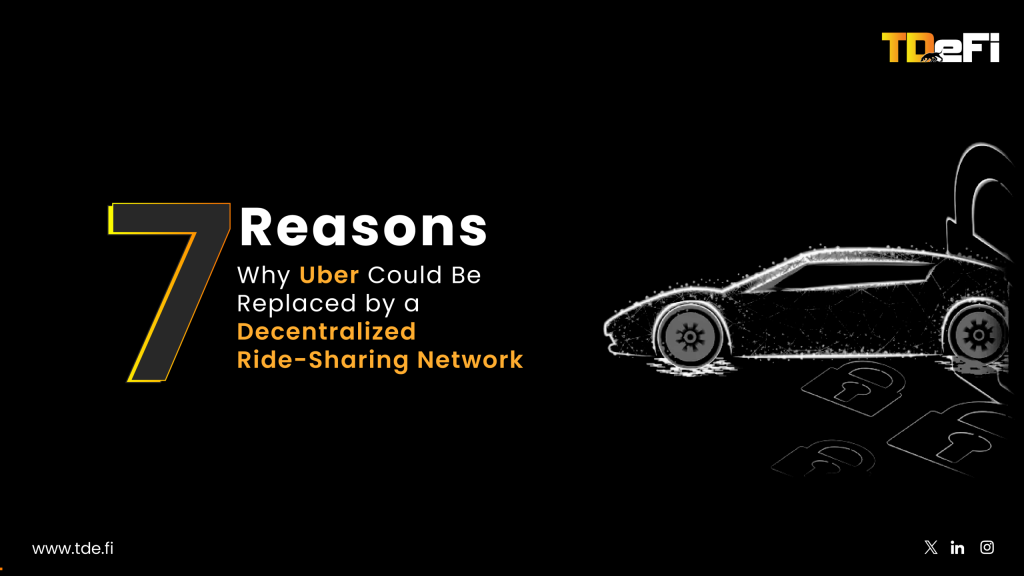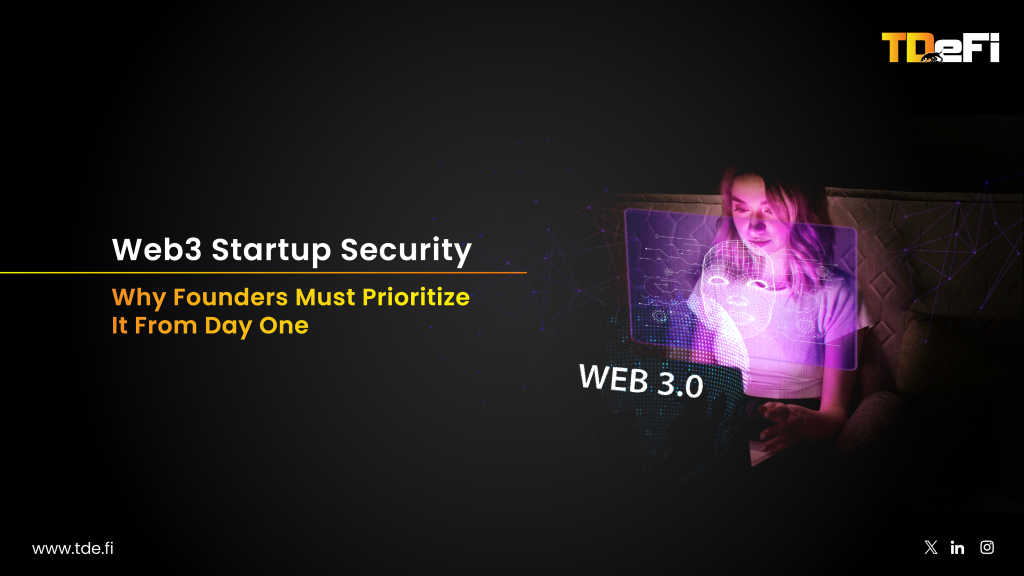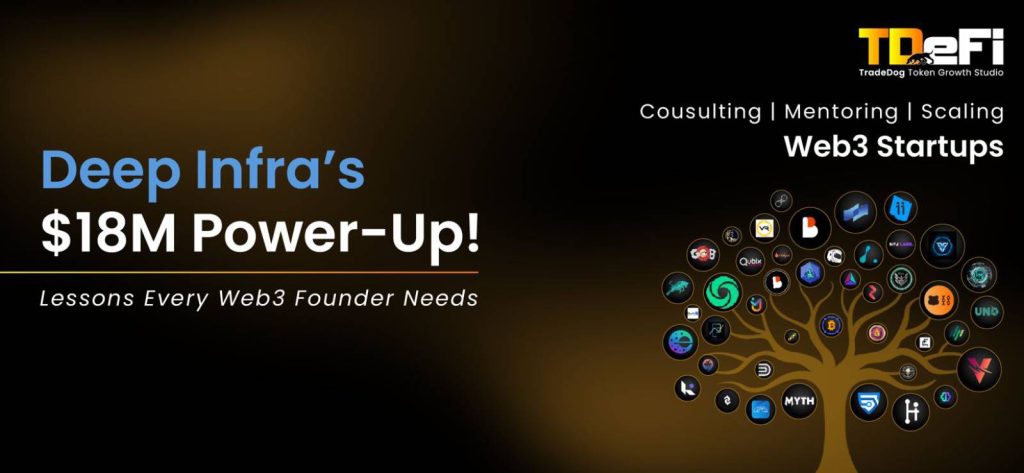You Don’t Grow a Community. You Spark One.
If you’re a Web3 founder treating community like a metric, you’re already behind. Growth doesn’t come from Discord invites or token drops alone. It starts with energy, a shared ethos. Communities aren’t captured. They’re catalyzed. And in crypto, where hype fades fast, only those with real momentum survive.
In Web3, the most powerful go-to-market isn’t paid marketing. It’s people who care enough to show up without being asked. But to spark that, your startup needs more than a roadmap. It needs a reason to exist that others can own.
DAO or Deadweight? Make Participation Actually Matter

A DAO isn’t a checkbox. It’s a commitment to make your users your partners. But when participation feels performative, when governance becomes noise instead of voice, communities disengage. The fix? Redesign the path to impact.
Map out an engagement ladder where users graduate from casual observers to decision-makers. Begin with lightweight tasks (poll voting, meme contests) and escalate to high-leverage roles (grant reviewers, roadmap contributors). Use token-weighted voting sparingly, not every choice should be plutocratic.
Also, build governance mechanisms that reward action, not just opinion. Staked votes, delegation systems, and working groups give real meaning to DAO participation.
Discord Is Not a Strategy
Your Discord might be active. That doesn’t mean your community is healthy. Noise isn’t signal. Most Web3 projects confuse chat volume with community depth.
Start by identifying where your actual community lives. It might be Twitter, Telegram, Farcaster, Reddit, or even GitHub. Don’t try to activate everywhere. Dominate one.
Within your core platform, establish rituals. Weekly AMAs, contributor spotlights, dev diaries, and meme rounds build habits. These rituals should reward consistency, not just volume.
Also, create off-Discord moments. IRL meetups, hackathons, and collaborative bounties allow culture to form beyond chat rooms.
Tokenomics Is Community Architecture in Disguise
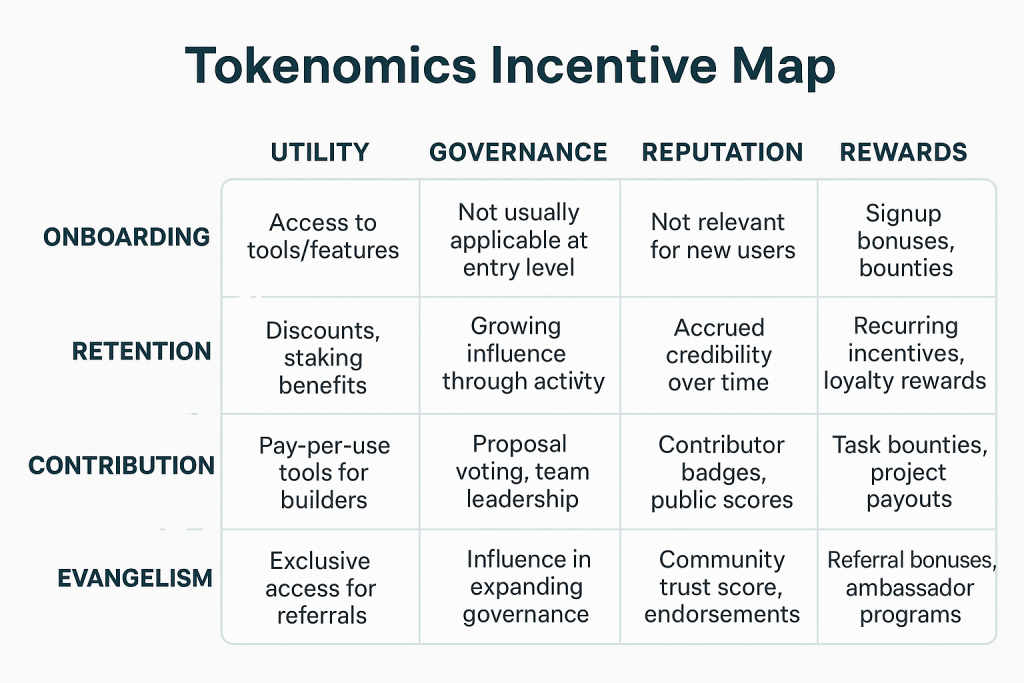
Every incentive you design is a behavior blueprint. If your tokenomics reward extraction, don’t be surprised when your community churns. Design for loyalty, not liquidity.
Token emissions should mirror community depth. Early staking should favor long-term participation, not just whale farming rewards. Governance rights should accrue with reputation, not just wallet size.
Create micro-incentives tied to behaviors: contribute docs, host onboarding calls, run tutorial threads. Build an Incentive Map that links token flows to desired user actions.
From Users to Owners: Onboard Contributors the Right Way

Not every community member wants to be a dev. But everyone wants to matter. Your job is to give them paths to ownership at every level of interest.
This is where contributor onboarding becomes your growth engine.
Start with ambassador programs that reward advocacy with social capital and token stakes. Provide clear contributor portals that show how anyone, from content creators to devs to meme lords, can add value. Use decentralized identity tools (e.g., ENS, Gitcoin Passport) to reduce spam and highlight credibility.
Create feedback loops where contributors can propose, execute, and showcase projects. Let contribution be the gateway to governance.
Closing Thought: Communities Don’t Scale. Cultures Do.
At the end of the day, community is not a growth hack. It’s the foundation. And it scales not through size, but through belief.
The founders who win this cycle won’t be the ones with the loudest Discords. They’ll be the ones who built systems where users felt seen, contributors felt valued, and culture became compounding.
In Web3, community isn’t your edge. It is your product.









